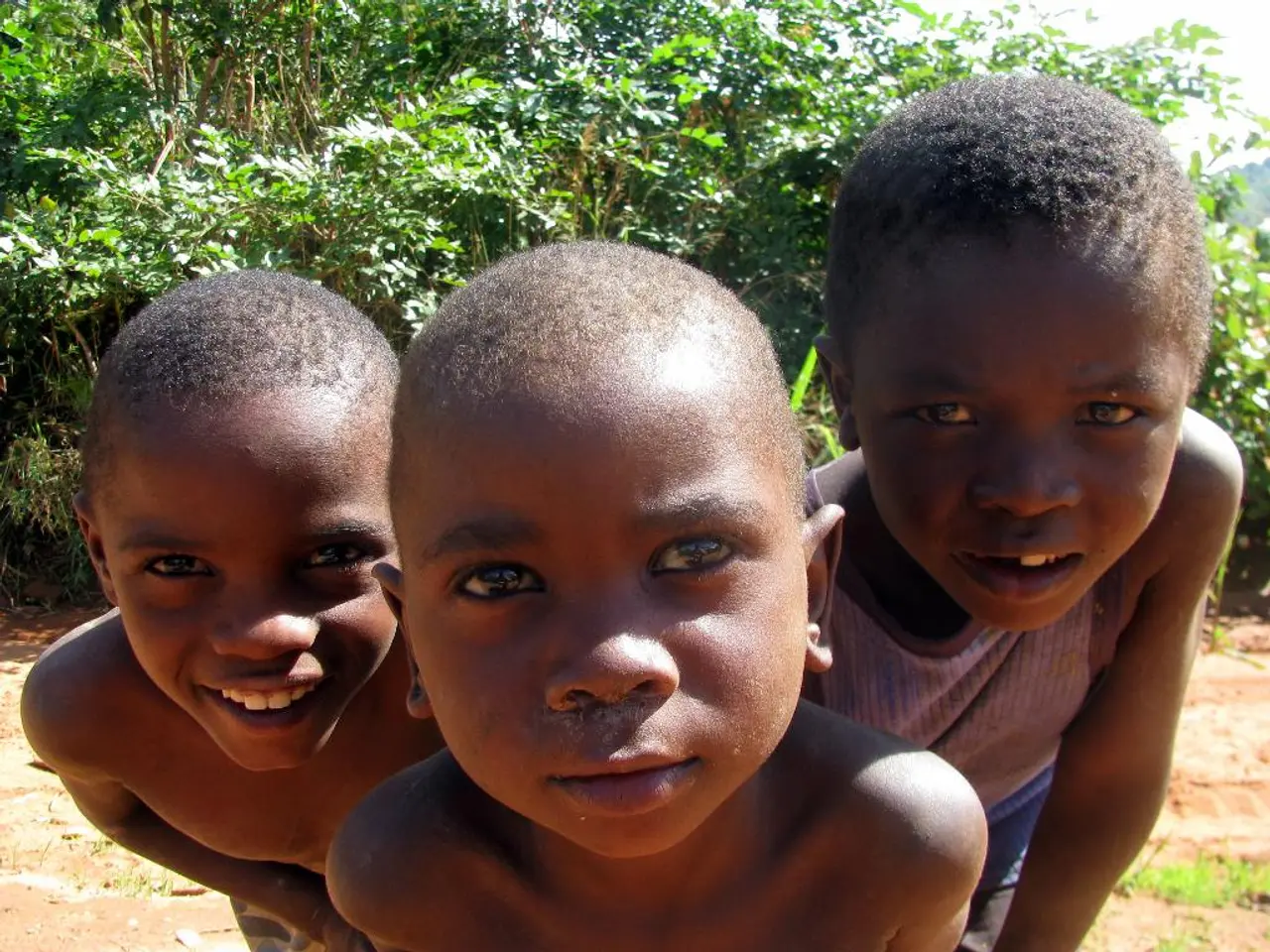Encouraging Tomorrow: Investigating Native American Youth Initiatives
======================================================
In a significant stride towards recognition and inclusion, legislative milestones have paved the way for the incorporation of Indigenous perspectives in youth programming across the globe. This shift has been instrumental in fostering a sense of pride and belonging among Indigenous youth, while promoting their personal development and leadership skills.
One such initiative is the "Indigenous Youth Leadership Program," which empowers participants through mentorship and cultural education. This program, along with others like the "Urban Youth Program" in Australia and the "First Nations Youth Healthy Living Program," utilizes creative expression and culturally relevant activities to encourage healthier lifestyles and identity exploration.
The "Deadly Choices" program in Australia and the Alaska Native Science and Engineering Program (ANSEP) in the United States are prime examples of programs that promote healthy lifestyle choices and academic success in STEM fields, respectively, all while respecting and incorporating Indigenous traditions and values.
However, challenges persist. Geographic isolation in remote Indigenous communities can limit access to resources and services, while non-Indigenous staff may lack understanding of Indigenous traditions and values, affecting program design and delivery. Funding limitations often hinder the ability to sustain these programs, leading to inconsistent support and resources.
To address these challenges, future directions for Indigenous youth programs include integrating traditional practices with contemporary educational frameworks, community-led initiatives, innovative funding sources, and mental health support. Additionally, community engagement programs encourage youth participation in decision-making processes and community development initiatives, fostering active citizenship and leadership.
Educational support programs, such as the First Nations Youth Employment Strategy, provide mentoring, tutoring, and scholarships to enhance access to quality education and promote academic achievement. These initiatives aim to address the employment gap faced by Indigenous youth by providing job training and work placements.
Despite the historical context of colonization contributing to mistrust between Indigenous communities and governmental agencies, collaborative efforts are being made to overcome these barriers. For instance, the German organization "Bund der Jugend in der Welt e.V." (Youth Association in the World) has played a significant role in developing and supporting Indigenous youth programs in Germany in recent years.
Indigenous law, with its emphasis on self-determination and community control, provides a framework that respects cultural values and community structures, creating opportunities for youth engagement and empowerment. This law cultivates resilience within Indigenous communities, supporting youth development and contributing to broader community wellbeing and cultural revitalization.
In conclusion, while challenges remain, the global community is making strides towards empowering Indigenous youth through a variety of programs and initiatives. By respecting and incorporating Indigenous traditions and values, fostering community engagement, and addressing funding and accessibility issues, we can pave the way for a brighter future for Indigenous youth worldwide.
Read also:
- Understanding Hemorrhagic Gastroenteritis: Key Facts
- Stopping Osteoporosis Treatment: Timeline Considerations
- Expanded Community Health Involvement by CK Birla Hospitals, Jaipur, Maintained Through Consistent Outreach Programs Across Rajasthan
- Abdominal Fat Accumulation: Causes and Strategies for Reduction







